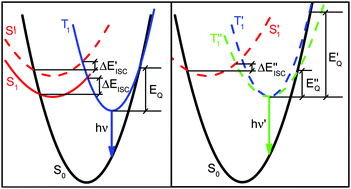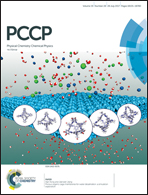The temperature behavior and mechanism of exciton luminescence in quantum dots
Abstract
The processes of direct and indirect optical excitation of spatially confined excitons in quantum dots (QDs) embedded in a silica thin-film matrix have been reported and discussed. A generalized scheme for the electronic transitions is employed for a detailed description of luminescence temperature behavior using various excitation methods. This scheme considers three different models of exciton relaxation and substantiates the occupation of the triplet radiative states as a result of singlet–triplet intersystem crossing or excitation energy transfer from free excitons of the matrix. Analytical expressions describing five types of different temperature curves were derived. It is established that their shapes are exactly defined by the excitation mechanism and the parameters involved in the numerical model. The conditions allowing the estimation of the energy and kinetic characteristics of QD photoluminescence are formulated. We have shown that the confinement effect causes a decrease in the thermal activation barriers and frequency characteristics for non-radiative transitions. An application of the developed concepts allows predicting and estimating the temperature dependences for direct and indirect optically excited QD luminescence employing silicon nanoclusters in a silica thin-film matrix as an example.



 Please wait while we load your content...
Please wait while we load your content...